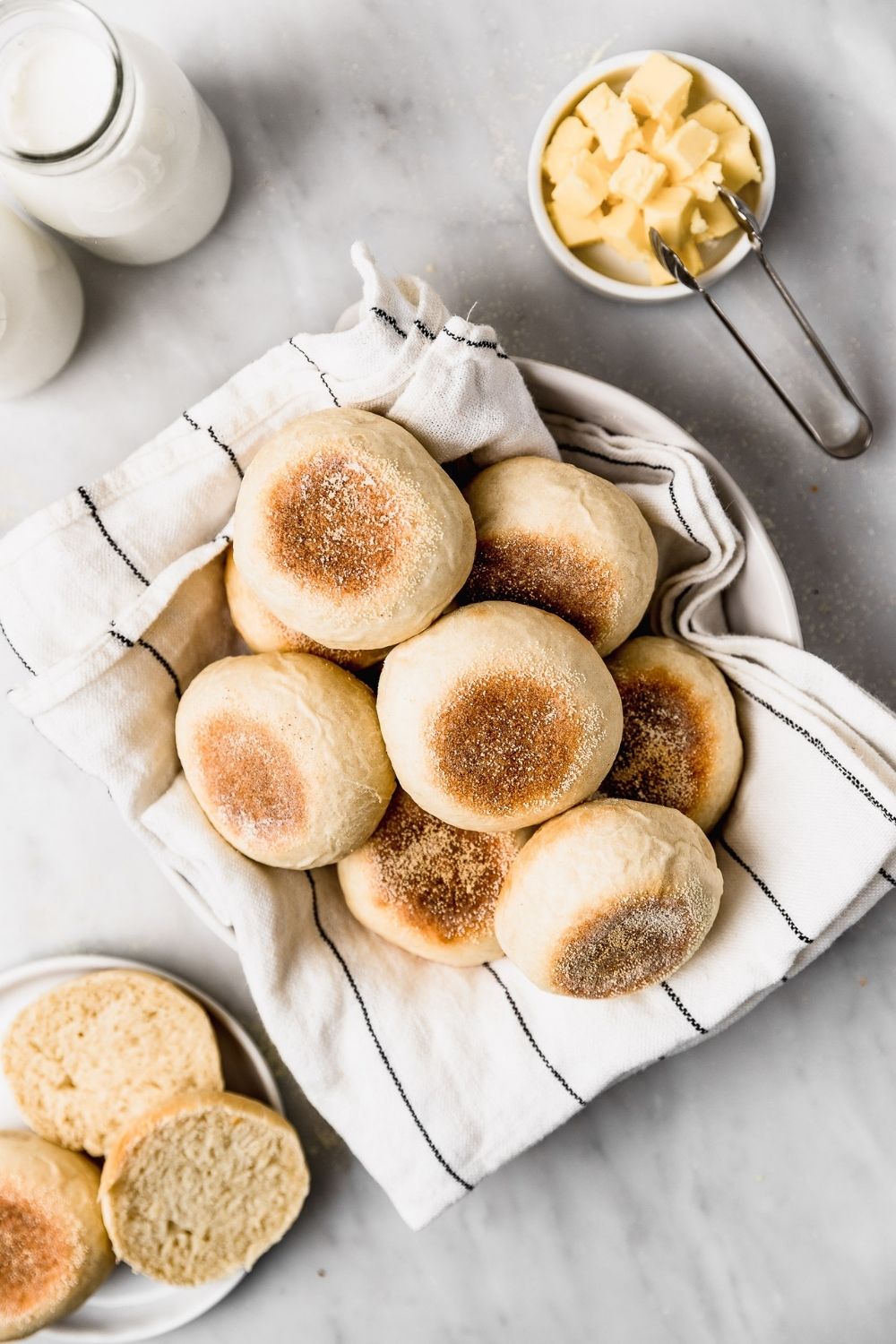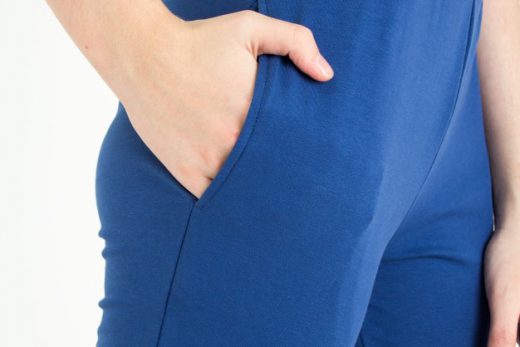A test of plain aquafaba baked into a meringue
When aquafaba was whisked with just sugar, the liquid emulsified to form a foam, but it wasn’t very stable. Within an hour, the foam started weeping liquid and began to fall apart. However, re-whipping the mixture helped bring the foam back together, and, when baked, the meringue held its shape. The only issue I had with baking was that the meringue started to take on a brownish hue, since there was nothing to reduce the rate of the caramelization and Maillard reactions. (Also see my results from the Kombu cooked chickpeas).
The Results: Aquafaba With Cream of Tartar
a test of aquafaba mixed with cream of tartar baked into a meringue
Adding cream of tartar to aquafaba yielded the most consistently good and reproducible results. Not only does the low pH from the acid help reduce the brown color developed by the caramelization and the Maillard reactions; it also helps modify the proteins’ structures to create a stable foam that aerates very well and holds its shape both at room temperature and after baking. Even after sitting out on my kitchen counter for 16 hours, the uncooked foam was very stable and didn’t fall apart. The baked meringues made with cream of tartar were often much smoother in appearance than the ones that contained none; the latter looked a bit speckled because the bubbles in the foam were a little unstable.





